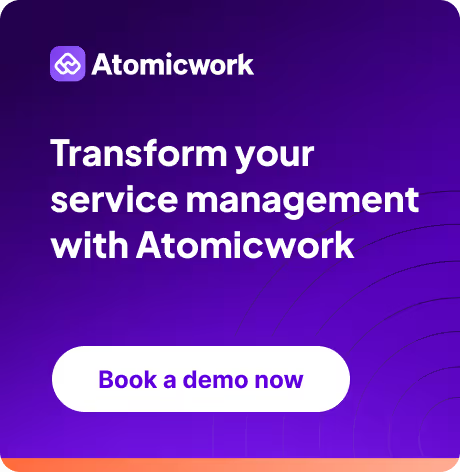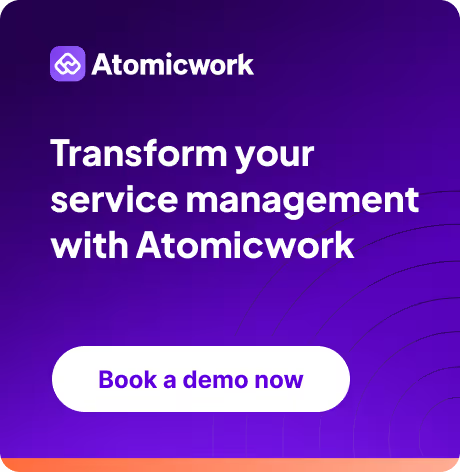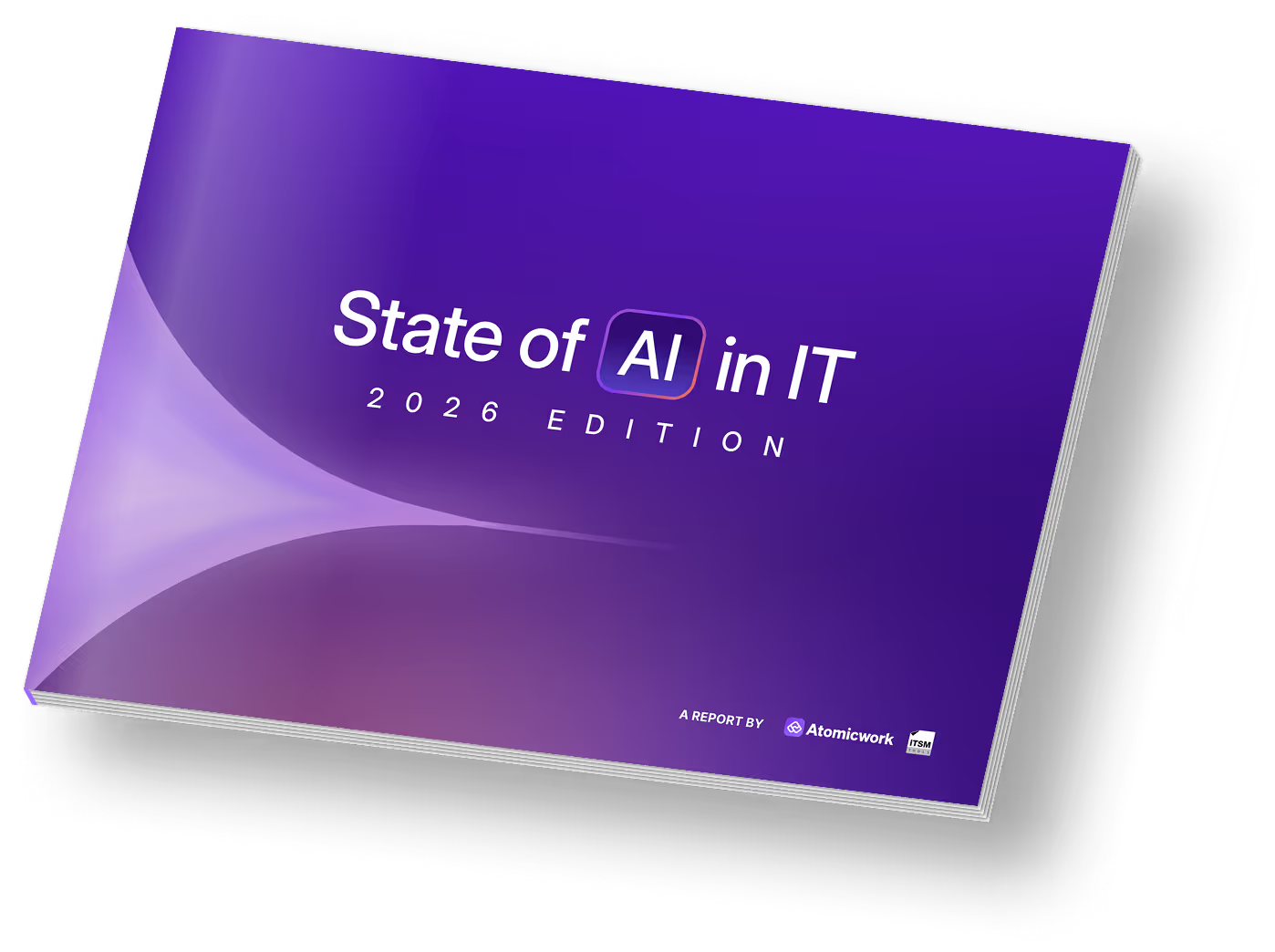The essential AI-readiness checklist for CIOs to lead enterprise transformation

As AI continues to transform several aspects of organizational processes, our yearly 'State of AI in IT report', reveals a stark reality: many companies–almost 58%–are still in their early stages of AI adoption. IT leaders say their organizations are either planning (20%), or exploring (24%), or running pilot projects (14%).
Business leaders are still grappling with challenges and uncertainties, especially around governance and security, when it comes to adopting AI.
CIO and IT leaders can help address these concerns and lead the change in reducing organizational complexities with AI. We’ve built a comprehensive checklist for CIOs to assess and get their enterprise truly AI-ready.
Challenges to AI adoption
Before we dive into how your company can be AI-ready, let’s look at what stops companies from adopting AI.
As per our ‘State of AI in IT’ report, we found that customer data security and additional costs top the list of some of the common challenges that organizations may face.

Lack of suitable expertise and governance issues are tied in the subsequent positions reported by 28% of IT leaders.
Understanding these barriers and coming up with a plan to tackle them is crucial for CIOs to address and get your organization AI-ready.
What does it mean for your organization to be AI-ready?
AI readiness goes beyond simply slapping on the latest technology. It calls for a holistic approach that touches different aspects of your organization.
Being AI-ready means:
- Having a clear AI strategy that aligns with your organization's business priorities
- Not neglecting the data at hand and fostering a data-driven culture
- Possessing the necessary infrastructure and tools to support AI initiatives
- Ensuring your workforce has the required skills to work alongside AI systems
- Implementing robust governance and ethical frameworks for AI usage
Let’s break this down further and don’t forget to download the complete checklist at the end of this blog.
1. Organizational and resource readiness
This is a no-brainer. Unless you have buy-in from both executives and associated employees, it’s going to be hard to execute your AI vision.
See if you have,
- A strategic roadmap for AI adoption to secure executive buy-in
- AI champions identified across different departments
- A plan to upskill current employees and recruit AI-related talent
- A clear change and communication strategy to address AI-related concerns
2. Data readiness
A thorough analysis of your data inventory is essential to integrate the right data sources and maximize the impact of existing insights.
Consider if you have,
- Assessed the quantity and quality of your data
- Data cleaned, labelled, and ready for AI models to use
- Data governance policies in place
- Consolidated your KB sources and CMDB data
3. Technical and process readiness
Evaluate and choose tools and platforms with the right integration and processing capabilities.
- Research and create a list of AI tools
- Check how they integrate with existing HRIS, CRM, and legacy systems
- Plan and roll out small pilot projects if needed
- Implement Agile or Scrum frameworks with specific KPIs for AI projects
- Identify workflows that can be automated with AI
4. Financial readiness
Securing executive-level buy-in is not easy when it comes to funding your AI projects.
To have budget sign-offs for AI initiatives,
- Create a detailed budget proposal
- Perform ROI analysis on pilot projects
- Track AI-related expenses and savings
5. Governance and security readiness
To address governance and security risks, consider if you have,
- Established ethical guidelines for AI use in your organization
- A strategy for addressing AI-related security risks
- A framework for monitoring and auditing AI systems
Conclusion
As the AI landscape continues to see tremendous shifts, CIOs play a crucial role in steering their enterprise toward being AI-ready. By addressing each area in this checklist, you can ensure that your organization is prepared to leverage the power of AI, overcome common barriers, and stay ahead of the curve.
Download our comprehensive AI readiness checklist to assess your existing processes thoroughly and take the next step in your AI journey.
Frequently asked questions

Faq answer paragraph

Faq answer paragraph

Faq answer paragraph

Faq answer paragraph

Faq answer paragraph

Faq answer paragraph

Faq answer paragraph

Faq answer paragraph

Faq answer paragraph

Faq answer paragraph
You may also like...














































